Zou 🐘
Zou is a useful conceptualization of what constitutes a country, a civilization.
Zou appears first on volume 80, which is quite late in the story. So why am I telling you about Zou now? I'm using Zou as a quick demonstration of how One Piece is a dreamlike experience that helps you figure out how to behave in the world.
The Zou arc is very short. It's all contained in one volume. And yet, it's packed with amazing knowledge and deep symbols, that explain very complex knowledge, through impressive visions.
What does Zou explain? I believe that Zou is a brilliant explanation of what society is. More than that: it's an explanation of how a good society behaves, by showing which are the landmarks of a healthy society, and the symptoms of a corrupt society. And it does so through elephants, cats, dogs and pirates, which is amazing in and of itself.
In case you know nothing about Zou, here's a quick video:
The city at the back of the elephant
During their adventures, the crew reaches an island called Zou, where they are supposed to be reunited. Due to some issues, the Strawhats got divided into two groups, and they arranged to meet again in this island.
But the island turns out not to be an island. Instead, it's a huge elephant that is wandering above the sea. And the elephant is so big, that it contains a city, with vegetation and animals, on it's back.
The name of this island is Zou. Zou 象 means elephant in Japanese. So when I say Zou, simply imagine we are saying: elephant.
When they arrive at Zou, they climb over the elephant and discover that there is a whole ecosystem, including trees, rivers and a city. This elephant wanders through the sea, so the island is impossible to reach unless you have a special compass that points at it's direction.
What does this mean? Well, let's think about it. The sea represents the unknown. In other words, the sea represents the parts of reality that are dangerous and that you don't understand. Why do I say that? To begin with, the sea is composed of saltwater. You you cannot drink it, but you can easily drawn in it. So seawater is an adverse environment for primates, including us. And under the surface of the sea, there is a deep and vast space that is dark and full of things you've never met. This is true in real life, but even more in One Piece, since the sea is full of sea monsters. So the sea is the unknown, the unexplored territory.
Okay. In this sea, in the unknown, there is a giant, millennia-old elephant. At the top, on the back of the elephant, you find the city. So the city is protected from the sea thanks to the elephant.
We also learn that the elephant protects the city not only from the sea and monsters, but also from foreign invaders. How? Because the city is moving, as the elephant walks, and that makes it difficult to find.
The elephant represent civilization. Civilization is what protects the city from the unknown. The city lies at the back of the elephant, which protects people from the dangers that arise from the unknown, including other civilizations.
Is old and remembers
Now... why is this represented by an elephant? Why not other animal? How is an elephant similar to a civilization?
The most distinctive feature of the elephants is their good memory. That's what they famously represent. And this elephant is a thousand years old. So he is ancient and remembers.
This is exactly what civilization does. This elephant is ancient, and it remembers. That is why civilizations do. They are ancient and they remember. So a society is a place that is protected by civilization from destructive forces, because civilization makes it safe from the sea, and at the same time keeps the society in constant movement, while remembering the things that make it work: language, rituals, culture and so on.
The two forces 🐶🐱
Now, above the elephant, in the society, there are two rulers. One of the rulers rules at night, and the other one rules during the day. These rulers are guardians. Each of them has their respective army and they guard the city.
In the city, diurnal animals live during the day, and they have a leader, who is the protector of the city during the day. This is a huge dog called Inuarashi. And Inu is the Japanese word for Dog, so it's basically a dog.
But in the forest, the nocturnal animals protect the city during the night, and they have a leader, who is a huge cat called Nekomamushi. Likewise, Neko is the Japanese word for Cat, so it's basically a cat.
| Duke Inuarashi | Master Nekomamushi |
|---|---|
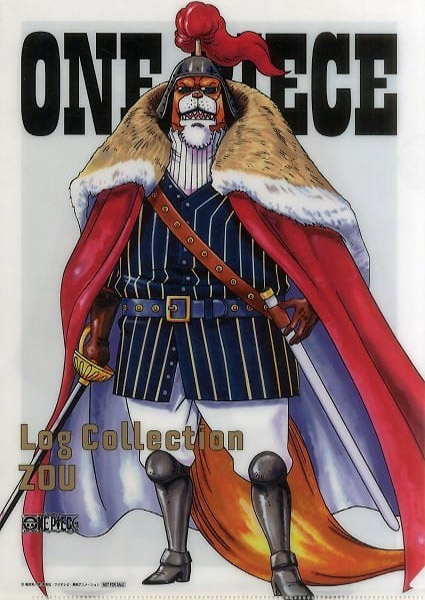 | 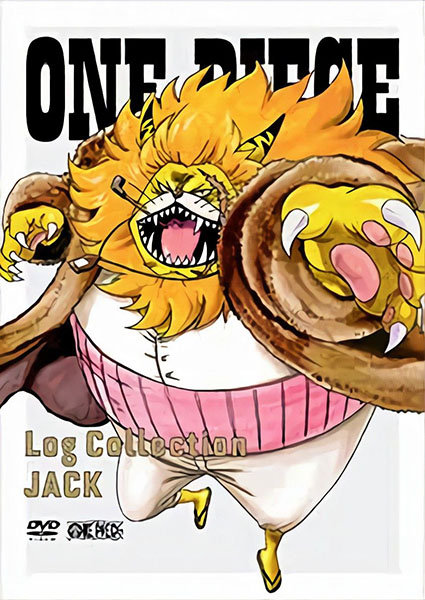 |
The day equals the city and it equals a dog.
So the night equals the forest, and it equals a cat.
They are both rulers, they are both guardians. They are both conceptual spaces with distinctive characteristics.
Order and chaos
To understand what this means, lets look at the story to see the dog and the cat behave. Seeing them in action is the only way to understand the dynamic of these two guardians.
The cat and the dog fight the invaders
In the story, some invaders reach the back of the elephant to reap havoc. So the two guardians, the cat and the dog, have to fight to defend the city, along with their armies.
During the day, the invaders must face the dog: Duke Inuashi, and at night Master Nekomamushi appears to confront them. So it's difficult for the invaders because they have to fight both guardians, who take turns.
A funny and interesting thing that happens, however, is that the two guardians can never meet each other. They hate each other so much that if they meet, they fight; like a cat and a dog.
This is a metaphor for the forces that live inside the civilization: a form of conflict between chaos and order, above the elephant, that is instrumental to keeping the city guarded, and works fine as long as some separation is established.
But if the balance is disturbed, it escalates to conflict and is detrimental to the civilization. So it's a tricky system.
What does this mean? This is a little bit more complicated, but you understand it. Even if you don't understand it, you do.
In the city we have the people who thrive when things are clear, during the day; these are the normal people, the orderly, the tidy and the compliant, the lawyers and accountants.
The night, and the people of the night, are the ones that work outside the normative structure. They live in the forest, not in the city, and express themselves at night when things are less clear. These are the artists, the nonconformists, the young, the weird. But it also works at a personal level: inside you, you have a nocturnal side, that seeks certain things, that thrives when things are more uncertain, that is creative; and a part of you that is diurnal, that likes order, streets that are clean and orderly, and likes knowing what to do.
So this is true at a personal level, and also as a society. Inside you, you have the cat and the dog; the nocturnal and the diurnal, and in society we have the people who bring order and the people who bring movement; the creative and the orderly. And we need both to work properly, people creating order and people questioning the order. People that define the borders and people that expand those borders. You need both. But if you don't have balance, it can descend into conflict.
So the situation in Zou is a good representation of what a civilization is. The elephant is old and remembers. That's civilization. Civilization protects us from chaotic saltwater full of monsters, and also keeps us in movement, while remembering our culture. And inside the civilization, at the back of the elephant, the night and the day guardians live and rule, the two forces that guard a country, and also each person.
The few things we agree on
Now, when I was watching this, something bothered me a little. It took me some time to figure It out.
The cat and the dog hate each other. I didn't see why. Why must it be the case that if the cat and the dog see each other, they fight? Why would the ruler of the day, and the ruler of the night, hate each other?
Indeed, they are like cat and dog, the two animals are traditionally and famously represent conflict.
I get that they are oposites: night and day. But that should not mean fighting. So why did the author made it this way? the two spaces, night and day, disagree to such length?
And the answer is very interesting. I believe the reason for their strong disagreement is to convey a very important message. That, by looking at the very few things where the cat and the dog agree on, you can see the values that are central to the civilization.
I'll explain this later when we encounter the one thing they seem to agree on.
But for now, just keep in mind that's the reason for their fighting is not because creative people and orderly people must fight. It's to show which is the most fundamental idea. The author makes the two guardians disagree on everything so that it's clear what unites them, and that is the core value.
The tall buildings that guard us from the flood 🏯
There was yet another thing that I did not understand and took me some time to figure out. Both, the city and the forest, have a central element. In the forest, there's a big tree in the shape of a whale. In the city, likewise, there is a tall building: it looks like a Mayan pyramid or some sort of temple, definitely manmade.
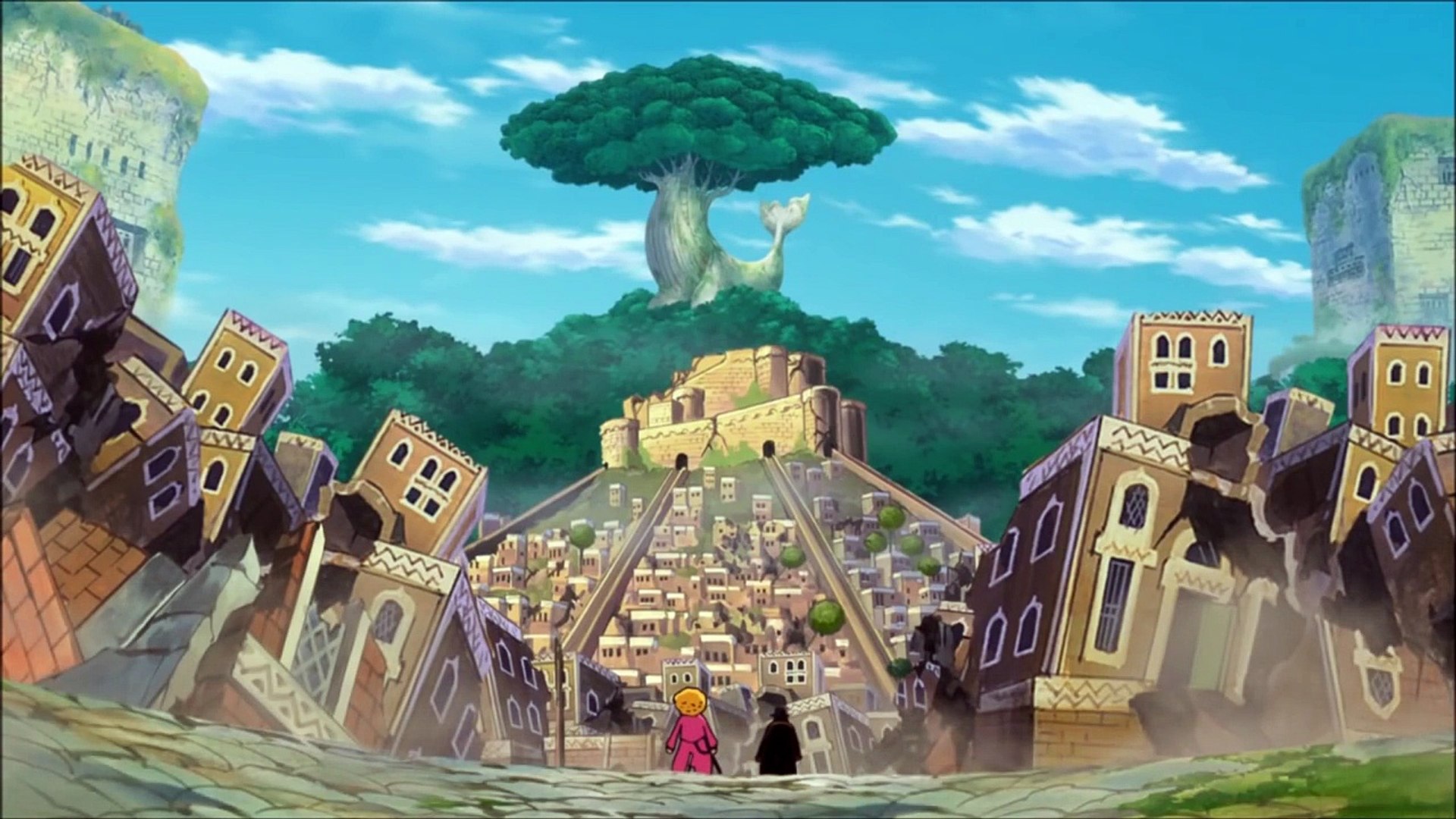
As you can see in this image, the forest is represented by a whale. I did not understand that, although it was cool. It's a giant tree in the shape of a whale. Quite beautiful, but they never tell you what it does or how it came to exist.
However, they do explain the purpose of the other tall building. The tall building in the city is very relevant to the survival of the city. Why? Because the elephant does something very dramatic once a day: using his trunk, she absorbs water from the ocean and floods the whole ecosystem. The elephant literaly pours part of the see into the ecosystem and creates a destructive flood.
Let me tell you what this represents: civilization, the elephant, brings chaos from the sea, into society. Why? Because this also nurtures the city, it brings fishes and waters the vegetation. So the metaphor is that a dangerous element from the outside becomes food for the culture, when it's administered at a proper rate.
Why is this a good idea? Well, in history you see bad things happen when a culture becomes too bubbled by their ideas, with no water coming in from the outside. When this happens, we see tyrants rise, warmongering and slow development rates. This has happened many times in history and can always happen again if a civilization is too tightly shielded from the outside.
So what we see in Zou is a healthy civilization, because it allows some of the unknown to come from the outside.
However, the city has a mechanism to survive the flood. That tall building at the center is a safe place, that even with the flood, remains untouched. It's so tall that the top remains untouched by water. So it keeps the citizens safe from the flood. This is very cool. This idea is echoed in the story of Noah and the ark. Noah knew that a flood was coming, so he build an ark. What is a flood? The flood is chaos and the destruction of everything, and also the regeneration of everything. Floods traditionally represents a new beginning. It's destruction, but also a way of re-seting the state of things. And the ark, like in Noah's story, is what allows humans to survive that process.
In fact, the flood is an idea that is so prevalent in human culture that you can find flood-myths in many civilizations. The Mesopotamian, the Christians, Islam, Hiduism, Chinese mythology, Green mythology, Nordic, Irish, Hawaiian... it's a very common theme, and it represents mass destruction, but also the regeneration of a land or group of people.
So the tall building is an ark that allows the inhabitants to survive the flood. And it does more that that. It uses this sea water as sustenance. The building has a system of aqueducts that turns the saltwater into sweet water that you can drink.
In this case, it seems to me that the large building represents that. In the city, it's shaped like a large manmade temple-like structure, and in the forest is shaped like a sea-monster that's a tree.
We know that the city is the day, where the dog guardian rules, and the forest is the night, where the cat guardian rules. That's why the ark in the forest has that shape: the whale-tree is the ark of the forest. Instead of being manmade, it's a tree. And since the forest represents chaos, it has the shape of an aquatic being. And if you look at it, you'll see that the whale looks like a crescend moon, representing the night.
So we have a very cool representation here: the elephant is civilization, that protects the people, so society rests over the back of civilization, and civilization brings in some of the unknown of the saltwater and makes it rain, like a flood that both creates and destroys; but the city has buildings that can sustain the flood and turn that destructive saltwater into drinkable sustenance.
The highest value ⭐️
Now, in this story, something awful happens. The whole civilization is about to be demolished by outsiders, by some beastly invaders.
Their motive is finding a samuray called Raizo. He's a samurai from the country of Wa, and these invaders are looking for him to kill him.
So the invaders torture every person in the country, even the guardians, who are seriously damaged: the cat loses an arm, and the dog loses a leg.
And we learn that they can't even betray this Raizen samuray because he's not in the city. The enemies are looking for a person who is not there.
After days of torture and mass destruction, the invaders resort to the most fatal measures: killing everybody by releasing poison in gas form. Furthermore, they crucify that cat and the dog and display them for everyone to see, as they are poisoned with gas.
And every single inhabitant would have been killed, if it wasn't for the straw hats.
The voluntary acceptance of suffering to protect the individual
And here is the most shocking and beautiful thing: I told you that the samurai was not there. There was no samurai in Zou, so no one could give in to the invaders's request. We know this because we see them get almost killed while claiming, with great frustration, that there is no samurai there.
But after they are saved, we learn that it was a lie. The samurai was in the city all along, and everybody was protecting him above their lives.
This comes like a huge shock to the straw hats. And to any viewer too. I didn't see that coming and it really got me.
The citizens are not even resentful about it. "Even if everything is ruined, we would never sell our friends", explains the cat.
What does this represent? This means that the individual, or rather the values around protecting the individual, must prevail above the civilization. Or rather: than protecting the individual is the most important value of the civilization, more so than its perpetuation.
And man, this is a tough one to justify at first, right? If you do the numbers, it feels like it would always be better to sacrifice the individual for the benefit of the group, right? Well, no. That's a mistake.
And we are lucky for living in the year 2022 because we've seen the history, even the recent history, and we know how messed up everything becomes when a civilization dispenses with the individual for benefit of the group. This leads to the most atrocious episodes in our history. Because once you decide that the group comes before the life of the individual, it's totally justified to kill any one person. It's for the greater good. If you rationalize it, and you put the group above the individual, you can reasonably kill 49% of the population with this claim, and it's perfectly logical, right?
So this is a very, very powerful teaching. The protection of the one person is a value so sacred that is worth sacrificing the whole damn thing.
And we know that this is a core value because it's the first thing that we see the cat and the dog agreeing on, without a shade of doubt.
And look, when you watch this episode, and you see that they suffered all of that to protect a friend, before you can even process any of it, you instinctively know that they are awesomely great people. You body is just telling you to clap and to cry with joy at the sight of such greatness.
And it takes rationalizing to forget this instinct and come to the conclude that they are foolish for losing and arm and a leg and being crucified to protect just a guy.
What One Piece is telling here is: no, man, it's not foolish to risk everything for one person, it's actually the right thing to do, and to prove it I'm going to make you see it and get inspired by it, and admire it.
The voluntary acceptance of suffering
Let's do a quick recap. Here's what we have learned about civilization up to now. And I have to do this because we are not done, there is still more to be revealed, so I don't want us to lose track.
Okay: we know that a civilization is a group of people who live in the back of their culture, which protects them from the chaos, but does not isolate them in a vacuum; the culture is set so that they get spreads of chaos here and there. So they get flooded. But the city is built so that there are high places, places that can sustain the impact of the flood. I've called these places arks because they reminds me of the Ark of Noah. It's a metaphor about how people, individuals living in the city, have their mechanisms, their values, that help them during the floods.
Okay, so in the city, there are two tall buildings, one in the forest and one in the city. And in each of them, there lives a guardian; so two guardians, who each rule half the time and half the space: the cat guardian rules the forest and the night, whereas the dog guardian rules the city and the day. This represents the dynamic inside the civilization, which has its sources of chaos and order. And they both disagree on many things, except for the few things they agree on. And those things represent the highest values of their civilization. And we know that one of them is the sacredness of the individual: protecting the individual above the group.
Okay. Let's move forward because it's getting a bit more complicated, and insightful. Yes, there is more. Hear me out.
In Zou, Nekomamushi (the cat) and Inuashi (the dog) are crucified by the invaders.
I've told you that they are indeed hiding the person that the evil invaders are looking for. This means that they have a way to get out of trouble: just giving up this person that they are protecting. But they don't do that. They are placed on crosses. It's a crucifixion.
The crucifixion represents suffering. this is not complex symbolism: it's quite obvious that crucifixion is unbearable. That is why it was invented, right? We, humans, invented this, some centuries ago, to deeply punish people and dissuade them from disobeying. So crucifixion is a very straightforward symbol of pain and suffering. And the crucifixion is also very known to Christians since their savior was crucified and suffered on the cross. So it's a deep symbol.
In this case, we know that Inuashi and Nekomamushi are choosing to suffer. Well, not entirely, because they didn't choose to be invaded and tortured, but now they could give up their friend and escape this suffering, but they chose to suffer the cross.
This is how we ultimately know that these two guys are awesome people. They are simultaneously doing two good things: protecting someone and withstanding suffering voluntarily. These are two great things, and they are doing both.
The voluntary acceptance of suffering is one of the traits that we humans value most, and for good reason. We understand, we instantly know, that the courage required to withstand suffering is an attribute that you must respect. We don't like it when people make fun of those who suffer. We know it's wrong to do that. It's not a cultural thing where some cultures traditionally make fun of those who suffer.
And we feel similarly about people who protect other people. We know that protection is nice, it's a sign of love, it's a sign of caring and hat it requires strength and courage.
And this is the case, we are seeing protection through suffering. That is a display of two clear virtues. It's protection, by withstanding suffering. And that's truly the most admirable thing.
Because you can protect by making someone else suffer, right? You can go to war and kill other people to protect your family. And that's respectable too because it's protecting. But in this case, how they protect is not aggression, it's making oneself suffer.
And this is very insightful, because when you see someone punch someone to protect; yes, surely protection is a motivation, but you will never know if the person punching is enjoying the punch. Maybe they are having fun and excitement from the fight. Maybe they are getting carried away. Maybe it's an ego boost of some sort. Maybe it's simply aggression disguised as suffering.
But when someone chooses to suffer to protect someone or something else, there can be no other motivation than protection - because you know that no one would choose to be crucified. It's certainly appalling.
So here we see, at the top of the elephant, the two guardians of civilization, protecting one individual, at the expense of their suffering through crucifixion. That's really something. That's a great conceptualization, a great representation of civilization. It's a pretty good conceptualization of a pretty good culture.
We also know that this is a culture that has lived through millennia. So this culture survived the challenges that life threw at them: wars, sickness, catastrophes... Think about the struggles that you withstand in one life, now extend that to thousands of years. That's how difficult it is for a civilization to survive.
I like to remember that there is something certainly awesome, firmly functioning, in every culture that has reached this point in history. We should be very proud of every culture we know of. And we should be grateful to the elephant at whose backs we live. We owe a great deal to the elephant. And we should be learning a lot from the elephant, because it has been tested for centuries and it survived the test.
And I feel very curious, but I can only wonder, where will the elephant be in another thousand years. And I'm talking about us now, in the real world. The elephant in whose back we are living. See how far we've come. I'm so happy that I still have if I'm lucky, decades to live and see what else we achieve, what catastrophes we avoid, and what discoveries we unravel.
At the end of the arc, the doctor has a nice dialogue: “I wonder where is she going”. And I wonder too.
And I think that's enough for today. That's a good place to leave it, I'd like to thing about it now.
References in this arch
In this case, we know for sure that Eichiiro Oda was deeply inspired by multiple references. It's not just an intuition, it is somewhat confirm by Oda's Easter eggs. Meaning that he left some clues about where he got his inspiration.
Hinduism 🛕
Firstly, the name of this elephant is Zunesha. This must be a reference to the Hindu God Ganesha.
If you mix the Japanese word for elephant: Zou, with the name Ganesha, you get Zunesha.
And Ganesha is traditionally represented with the head of an elephant. In fact it's been an elephant since the early stages of his appearance in Indian art.
So I can assume that the name of the elephant derives from this deity.
I'm not an expert in Hinduism so I have not delved deeper into this, so I cannot draw more parallelism.
However, looking deeper into Hindu cosmology, there's this figure called the “world-elephants” who are mythical animals that appear in Hindu cosmology, and literally bear the world.
In this representation, from the 5th century, you see the elephants holding the weight of the world. And they stand above a turtle, that's a sea creature.
Now, I do not believe that Eichiiro Oda was inspired by this Hindu concept. What I believe is that Eichiiro Oda, and whoever gave birth to this Hindu concept, were based on the same thing, which is something deep in our minds. And it's the same thing that we all have, and that makes us look at this story and finding that somehow it makes sense.
Christianism ⛪️
Both the flood and the voluntary sacrifice through crucifixion are well known figures of Christianism that play a significant role in this story.
Dalí 🎨
Zunesha's design is clearly based on the painting “The Elephants” by the surrealist painter Salvador Dalí. This is clearer when you think about how longs the legs should be for the elephant to be able to walk across the ocean.
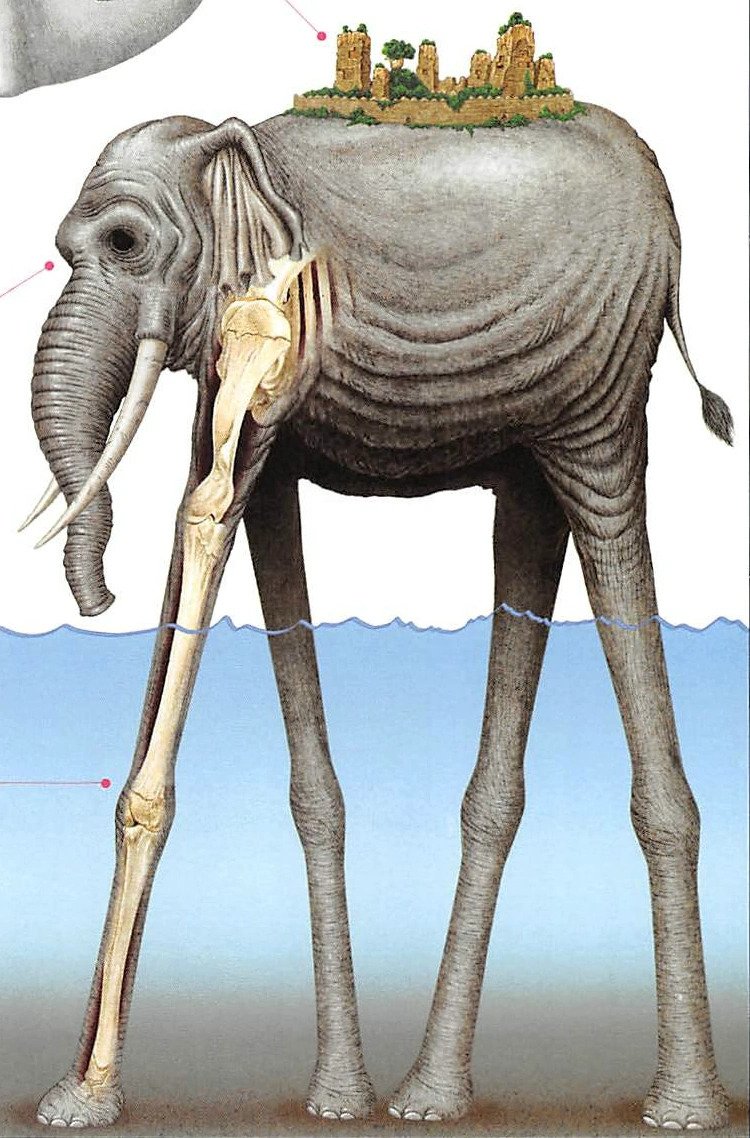
Literally, the species name of this Zunesha elephant is Naitame Norida. If your read it backwards in Japanese is ダリノエミタイナ象, which means Elephant resembling Dalí's painting.
ナイタミエ・ノリダ Naitamie-Norida Is the name of the species.
ダリノ・エミタイナ Dari no emitaina Same letters backwards.
サルバドール・ダリ Sarubadōru Dari Salvador Dali
ぇみたいな Emitaina. Mmeans “Like something”
This is common in One Piece. Eichiiro Oda likes to be funny that way, and hides puns in wording very often. Just like Elbaf, the land of warrior giants, is Fable backwards.
In Dalis paintings the elephants are notorious for being quite gigantic elephants with buildings on their back and extremely long legs.
Dali had an incomparable genius so it's very difficult to know what he was expressing with these paintings. But it's certainly captivating, the way the long legs hold up and the idea that they are sustaining something heavy or important.
Dali himself must have been inspired by this concept of the elephant carrying an oblisque.
This sculpture is known as Bernini's statue of Elephant and Obelisk (1667), that is now in Rome, adjacent to a church. This sculpture is also based on a painting, Drawing of elephant in Hypnerotomachia Poliphili from around 100 years earlier. And even before that there was a book featuring this concept.
So this idea of elephants as being carriers of the weight of meaning has captivated the interest of many thinkers, including Dali, and now Eichiiro Oda.
Anyhow, Eichiiro Oda has found a tactical use for the long legs, which I found funny, because the ocean is obviously too deep for the body of an elephant to remain above the water. Thus, the elephant's legs must be disproportionately long, just like Dali's.
Communicating with the elephant
Something we learn here is that one of their special abilities of Luffy is that he can hear Zunesha, the elephant. He can understand what the elephant is saying. And he doesn't know that himself - so when he hears a noise, he does not understand what it is. He's confused, asking: who is that? And Momonosuke can hear him too. Because he is also destined to be a ruler, and he is worthy. And it was the same with Gol D. Roger.
Zunesha says: "if you are there, hurry up. Give me an order if you are there." because he's being attacked by invaders and can be able to stay staying. He's going to fall and is trying to alert the people living in his back.
Order to what? Replies Luffy, who doesn't even understand who's talking. And what Zunesha, the elephant, does, it sends to Momonosuke's head the images of who is attacking him. He sees through Zunesha's eyes. How do you know? Did it come to my mind? answers Momonosuke.
Now back to what the elephant is saying: "give me an order". Long time ago, the elephant committed a crime, and now all he's allowed to do is walk. So he's waiting an order from the one that punished him to attack to defend himself. He was instructed to only walk, as a punishment, and he's asking for permission to stack. "Order me to fight!" Says the elephant.
This is what revolutionary minds can do. They can hear culture, they can hear the voice of the elephant above which everything stands. And sometimes is not only a voice, sometimes it's images that come to mind. Specially in crisis. But Luffy's problem is that he can't respond to the voice. Although Momonosuke actually can, so he orders to fight back.
This is very very linked to Carl Jung's ideas.
One of the differences between Carl Jung and Gustav Freud is their definition of the "unconcious". It's very radically different. Jung thinks of the unconscious as one thing, with specific functions; and Freud has a very different conception. And for some reason, the concept that has become more popular is Freud's idea
Episodes in this arch
| Volume 80: Opening Speech | Volume 81: Let's Go See Master Nekomamushi | Volume 82: The World is Restless |
|---|---|---|
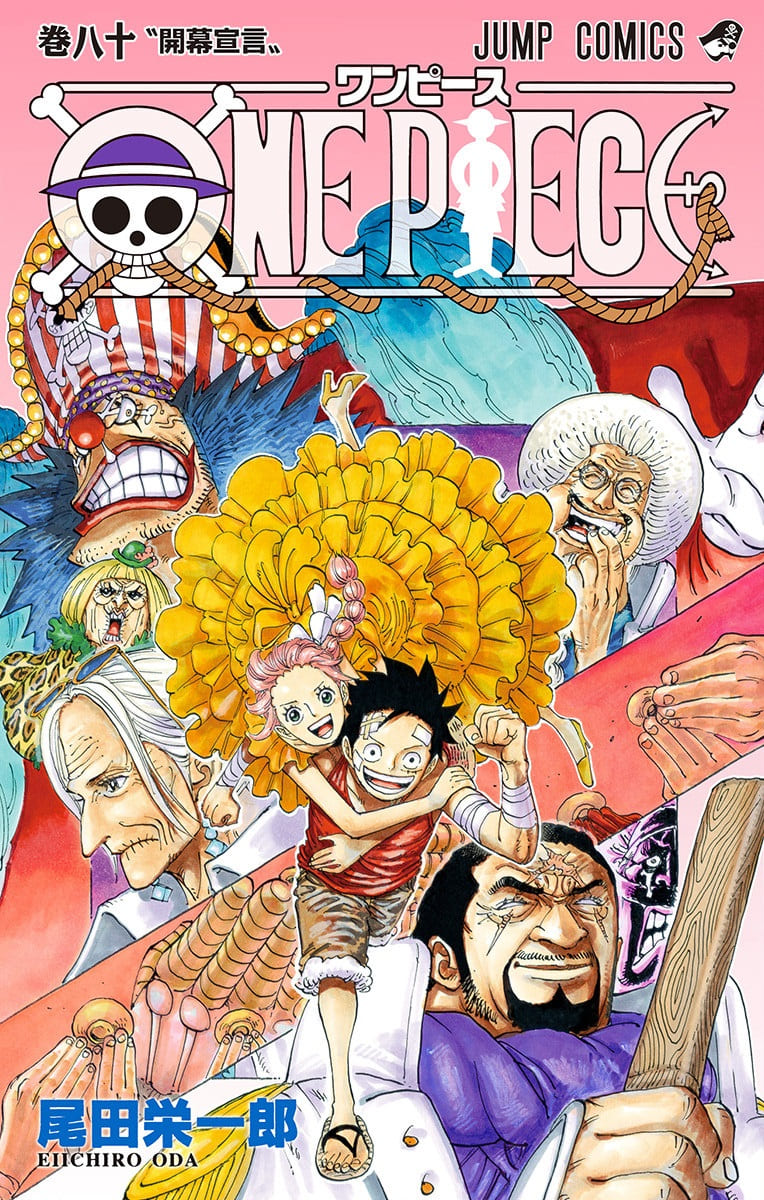 | 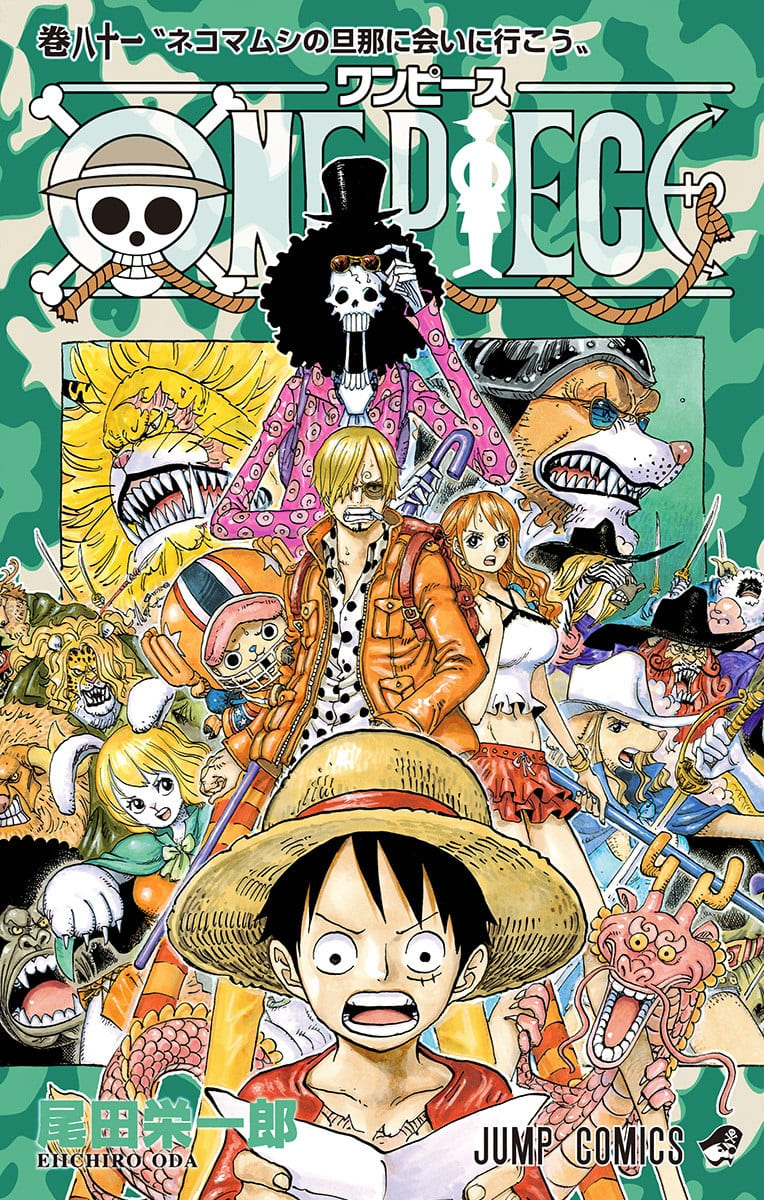 | 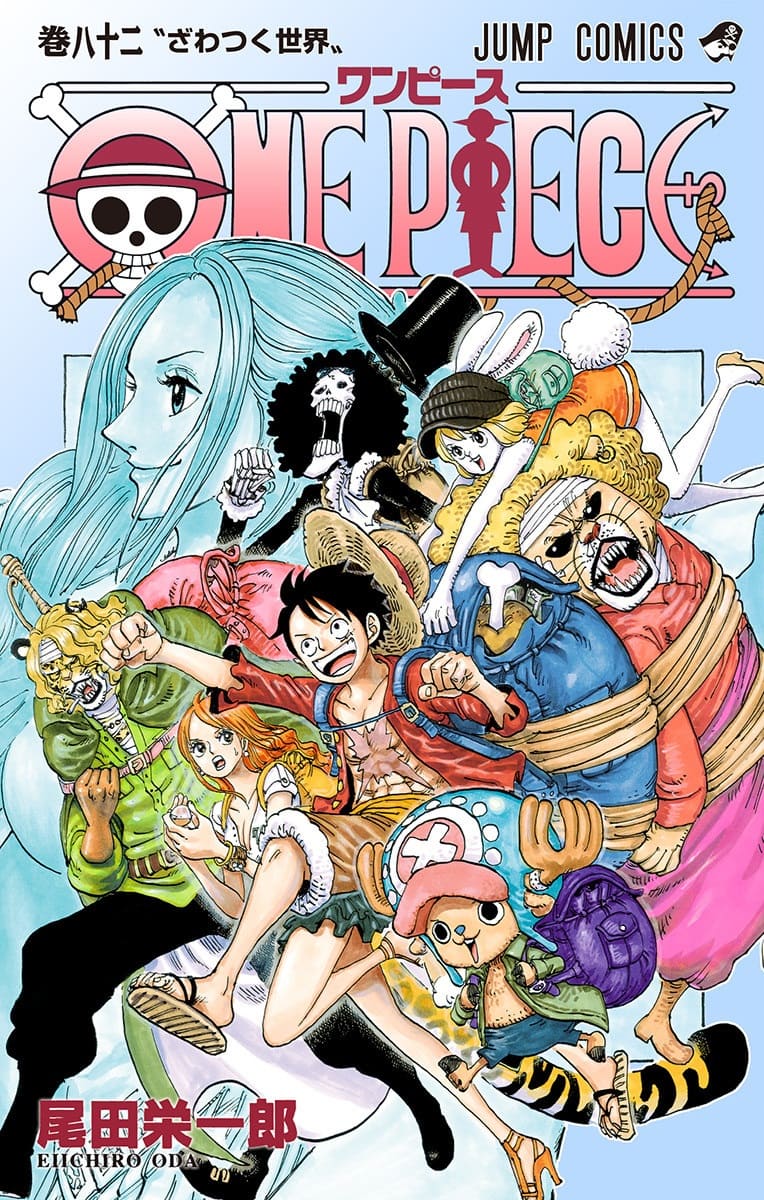 |